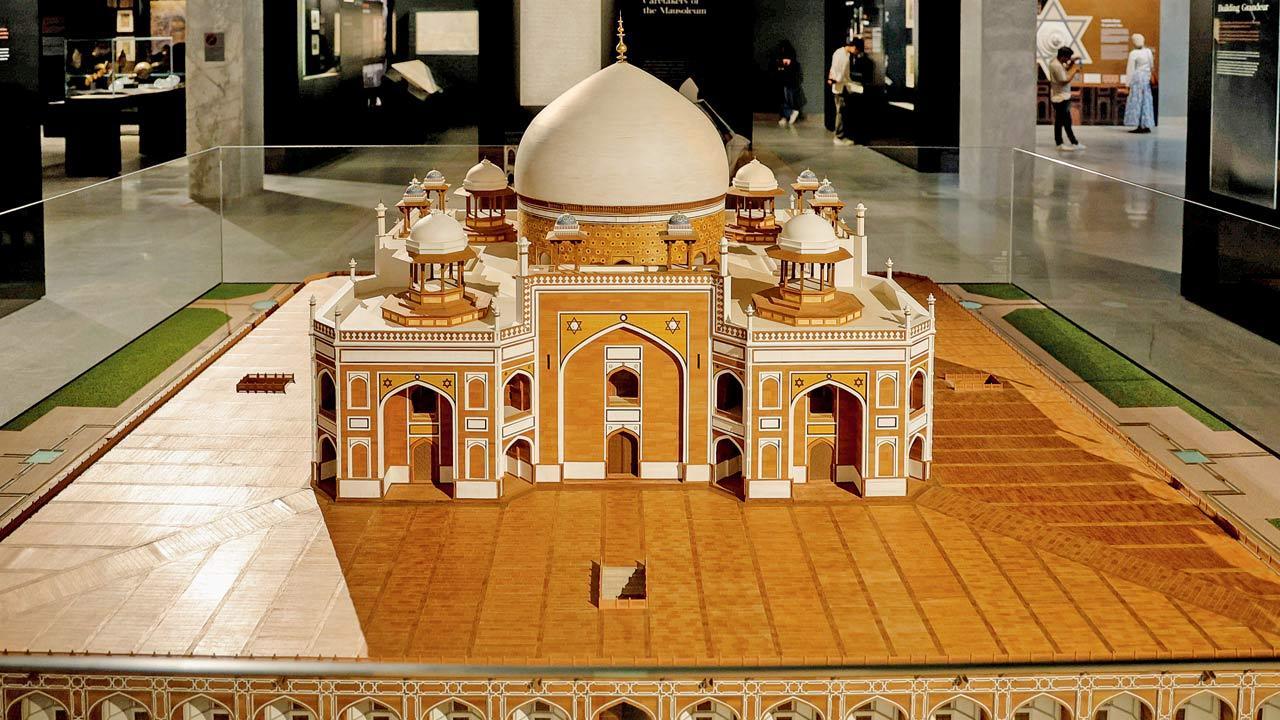Home / Sunday-mid-day / / Article /
In the Capital, a new Mughal icon
Updated On: 01 September, 2024 08:37 AM IST | Mumbai | Manik Sharma
The sunken museum adjoining Humayun’s Tomb in the capital is finally open after a nine-year artistic endeavour. Sunday mid-day gets an education in retelling history in a digestible manner

An architectural model of Humayun’s Tomb. Pics/Nishad Alam
When work started on the Humayun’s tomb museum back in 2015, few people involved would have imagined it would take as long as it has. The museum was supposed to be ready in 30 months; instead, it has taken almost a decade. “It wasn’t easy,” says Ratish Nanda, CEO of the Aga Khan Trust for Culture, who were in charge of the project. “We were taking a real risk, building a museum unlike any the country had seen before. Some 30 companies collaborated on the process. Still, only a small percentage of the research we did is on display yet.”
Iconic edifices bear the imprint of time. Much like the structure it has come up adjacent to, the museum has witnessed political churn, a city on edge, and the scourge of a generational pandemic. On the other side, it is the latest pearl adorning Delhi’s syncretic, pluralistic crown.




